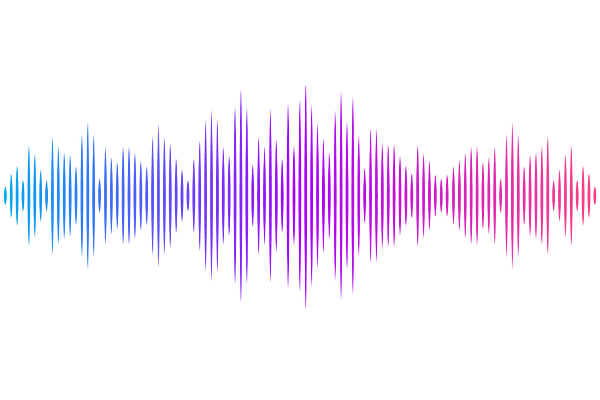Deconstructing natural products to develop synthetic small molecule attachment inhibitors with broad spectrum antiviral activity

Deconstructing natural products to develop synthetic small molecule attachment inhibitors with broad spectrum antiviral activity
Correa-Sierra, C. C.; Cameron, J.; Hosseini, S. N.; Schatz, D.; Donnelly, J.; Murrell, C. M.; Mukhtarov, F.; Colpitts, C. C.; West, F.; Schang, L. M.
AbstractThe continuous emergence of new viruses and the number of viruses that are each highly consequential for few people raise a need for broad spectrum antivirals. Most human and emerging viruses first attach to cellular glycosaminoglycans (GAG) or sialylated glycans (SG), a potential target for broad spectrum antivirals. Attachment to the former is through polar interactions between the negatively charged glycans and positively charged domains in virion proteins and typically inhibited by negatively charged polymers. Attachment to the latter is through specific interactions at binding pockets and inhibited by molecules that bind to these pockets. Surprisingly, EGCG inhibits viruses that attach to GAG and SG. However, it does so with widely differing potencies, is not a pharmacologically desirable molecule, and is limited by solubility. We tested whether it was possible to develop small synthetic molecules to inhibit viruses that attach to SG or GAG. We first identified the EGCG moieties responsible for the antiviral activity. The two polyhydroxylated phenyl groups were essential while the central benzopyran linker was not. We thus designed a series of gallate compounds to explore the minimal pharmacophore required for broad-spectrum antiviral activity. By exploring the linkers and number of galloyls, we identified small molecule inhibitors of herpes simplex virus 1, influenza A virus, and the coronaviruses hCoV OC43 and SARS-CoV-2. These compounds have low micromolar to submicromolar potency and no limiting cytotoxicity. These molecules are still not pharmacologically optimized and limited by solubility, but they define a minimal pharmacophore that confers broad spectrum antiviral activity.